Business to Business Introduction Letter Template
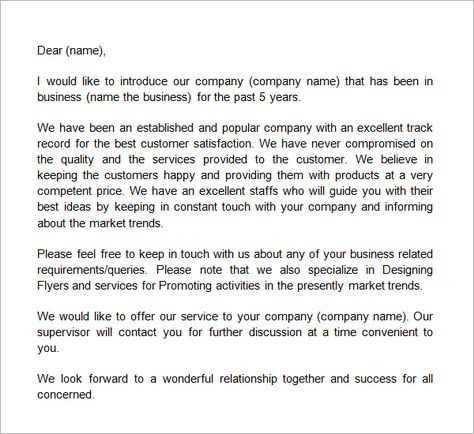
In the world of professional relationships, making the right first impression is crucial. Whether you’re reaching out to potential collaborators, suppliers, or clients, clear and respectful communication lays the foundation for successful partnerships. Crafting a well-structured message can significantly impact how your message is received and set the tone for future interactions.
Mastering this skill requires attention to detail, understanding the purpose of the message, and tailoring it to the recipient’s needs. A carefully worded message can convey trust, reliability, and professionalism, key factors for establishing rapport in any industry.
By following a strategic approach, individuals and organizations can create impactful communications that open doors for new opportunities, collaborations, and long-term success.
How to Start a Professional Business Letter
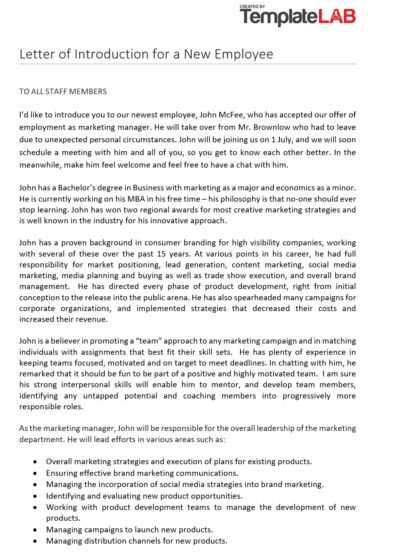
When initiating contact with a new professional connection, your opening lines are critical. This first step sets the tone for the entire message and determines whether the recipient will engage with the content. A well-crafted start grabs attention, establishes your credibility, and encourages the reader to continue.
Begin by clearly stating the purpose of your communication. It’s essential to be concise while making sure your intent is easily understood. A polite yet direct approach ensures the recipient knows exactly why you’re reaching out, without unnecessary elaboration. Address the reader respectfully, using their title and full name when possible, to maintain a formal and professional tone.
Lastly, consider the context of the relationship. If this is the first point of contact, expressing your interest in connecting and discussing future collaboration can be a good way to open. If you’re following up, refer briefly to previous interactions to build continuity and trust.
Key Elements of an Effective Template
Creating an impactful and professional message requires careful attention to several important components. Each part should serve a specific purpose, helping to convey your intent clearly while maintaining a respectful tone. By focusing on the essential elements, you can craft a communication that fosters positive responses and lays the foundation for strong relationships.
Clear Purpose and Structure
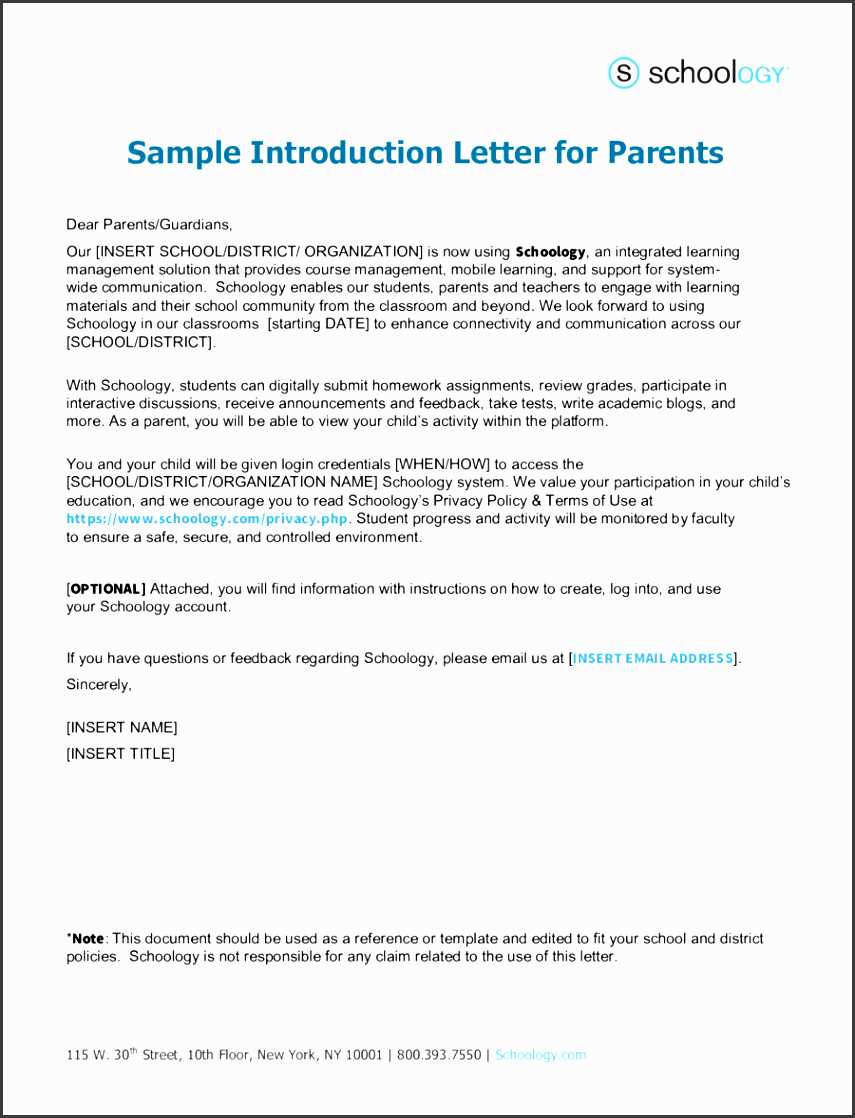
Start by defining the main goal of your communication. Whether you’re proposing a partnership, offering services, or seeking advice, it’s crucial that your objective is evident from the beginning. Organize the content logically, with each section building on the previous one. This makes the message easy to follow and ensures that your recipient can quickly understand your intentions.
Personalization and Professional Tone
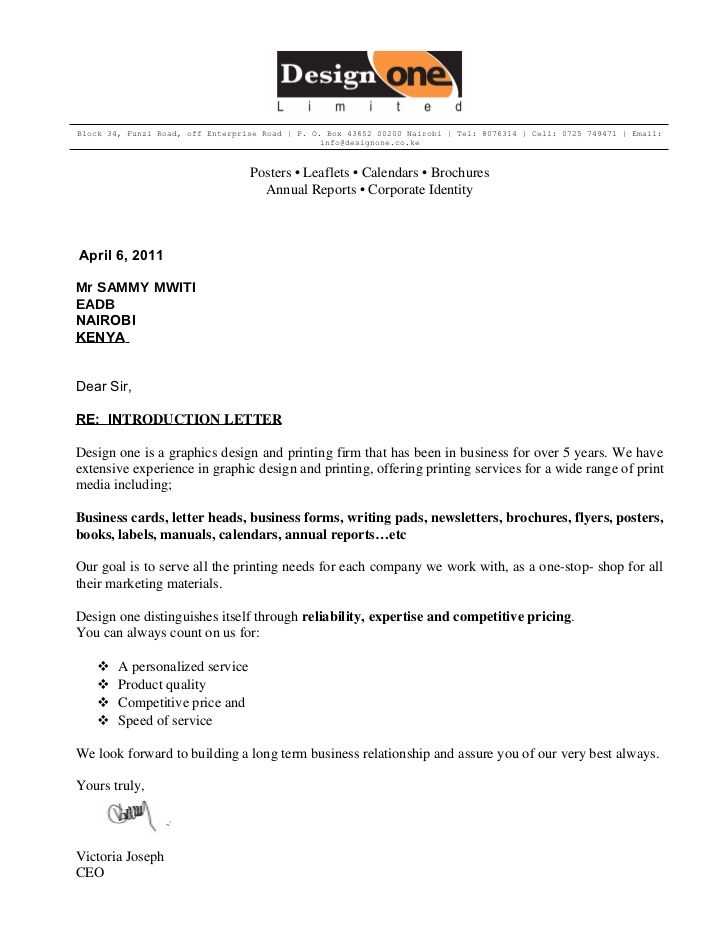
Incorporate relevant details about the recipient or their company to demonstrate that you’ve done your research. A personalized approach shows respect and increases the likelihood of a positive reception. Additionally, maintaining a formal and courteous tone throughout the message helps establish professionalism and credibility.
Tailoring Your Letter for Different Industries
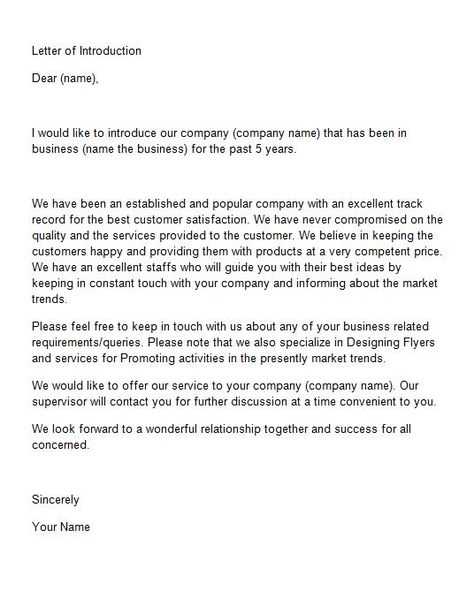
Adapting your message to the specific needs and language of each sector is essential for making a lasting impression. Different industries have unique cultures, priorities, and expectations, so understanding these nuances will help you craft a message that resonates with the recipient. By customizing your approach, you show that you value their time and are committed to meeting their specific needs.
For example, in the technology sector, highlighting innovation and technical expertise may be important, while in finance, a more formal tone emphasizing trust and reliability will likely be more effective. In marketing, creativity and a strong vision might be key aspects to emphasize. Adjusting the style and content to reflect the values and concerns of each field increases your chances of receiving a positive response.
Understanding the industry’s language and needs is crucial for establishing credibility and sparking interest in your proposal.
Common Mistakes to Avoid in Business Letters
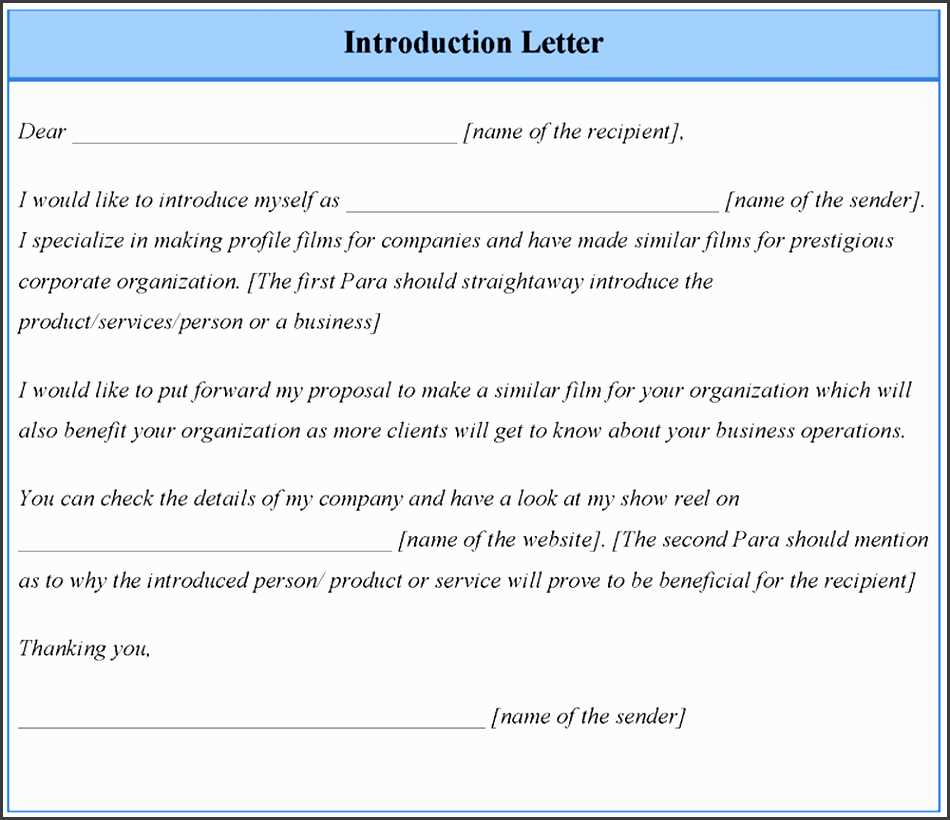
When crafting a professional message, it’s easy to overlook small details that can undermine your credibility. Certain missteps can affect how your communication is received, and it’s important to be aware of these common errors. Avoiding these pitfalls will ensure that your message appears polished, professional, and well-received.
- Unclear Purpose – Failing to state the reason for your message right away can confuse the recipient and waste their time.
- Excessive Jargon – Overuse of technical terms or industry-specific language may alienate the reader, especially if they are not familiar with your field.
- Too Casual Tone – Using an overly informal or friendly tone can diminish professionalism, especially in first-time communications.
- Lack of Personalization – Failing to address the recipient by name or customize the content can make your message feel generic.
- Typos and Grammar Errors – Simple mistakes can make a poor impression, so it’s crucial to proofread your message before sending it.
By being mindful of these mistakes, you can ensure your communication is effective and professional, giving you the best chance to create a positive first impression.